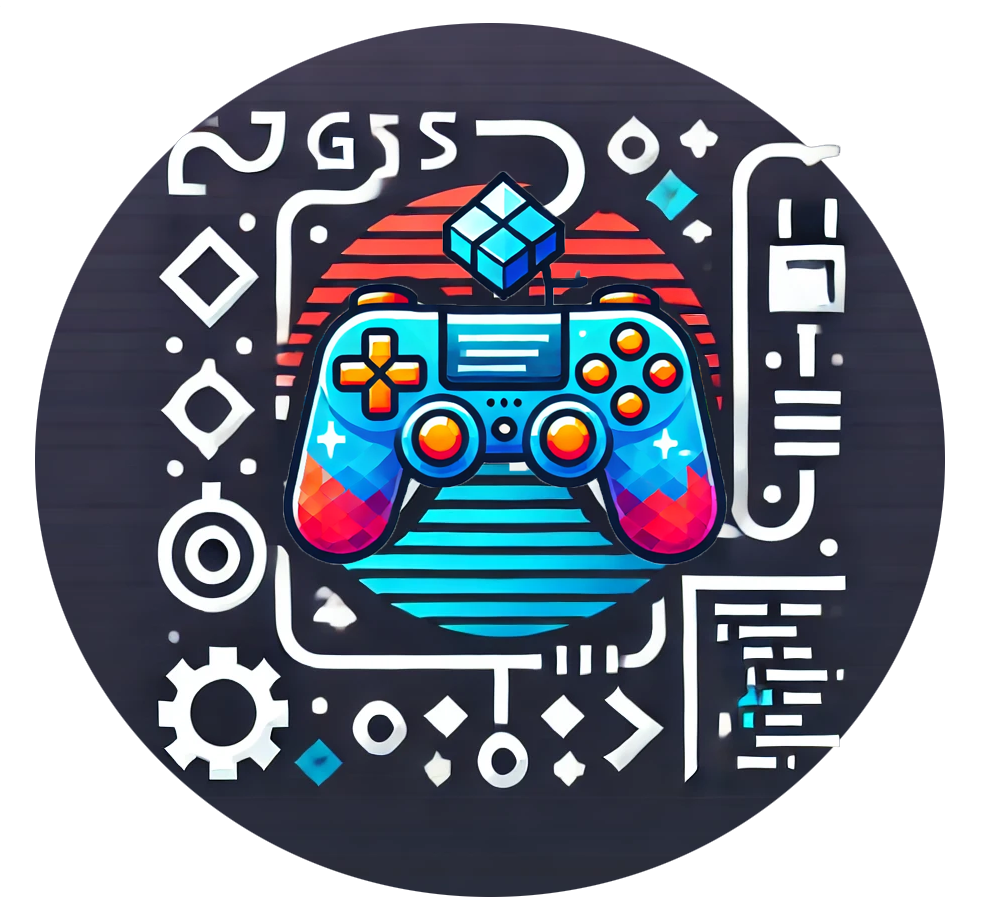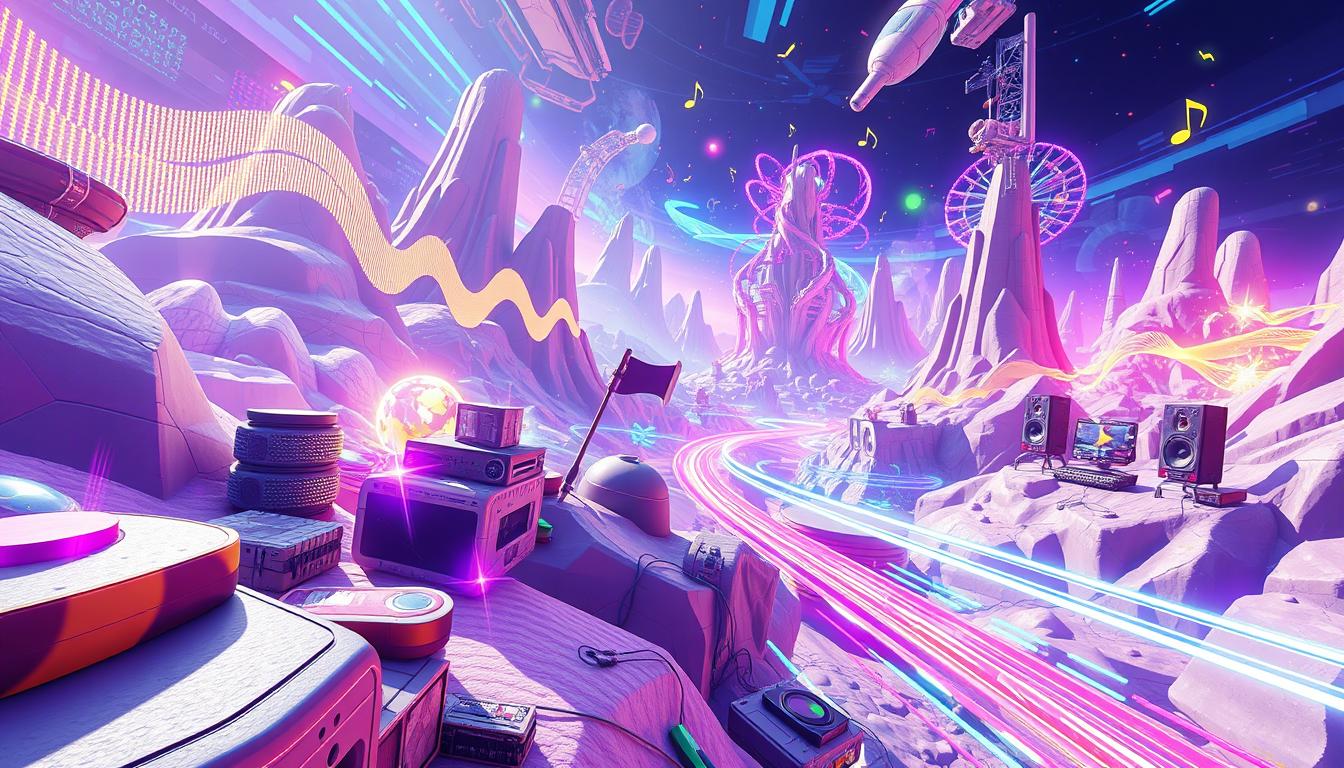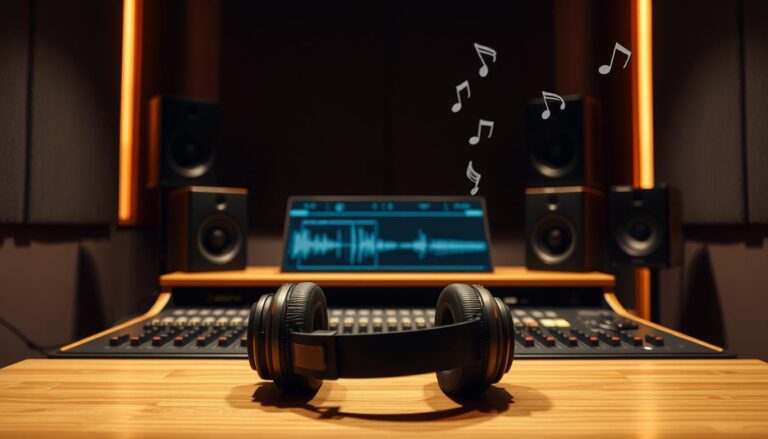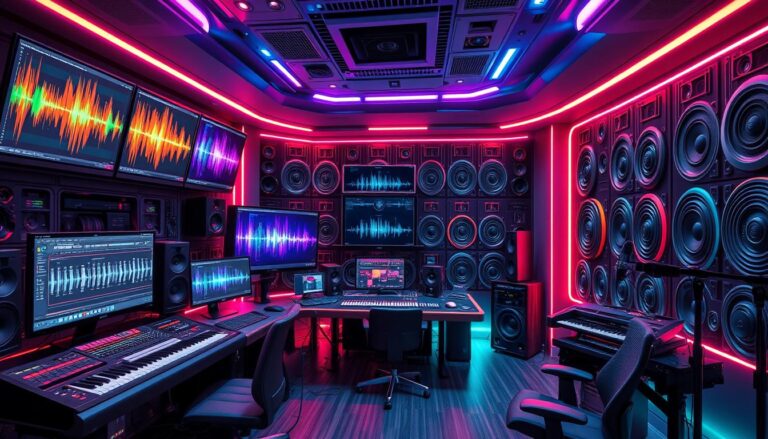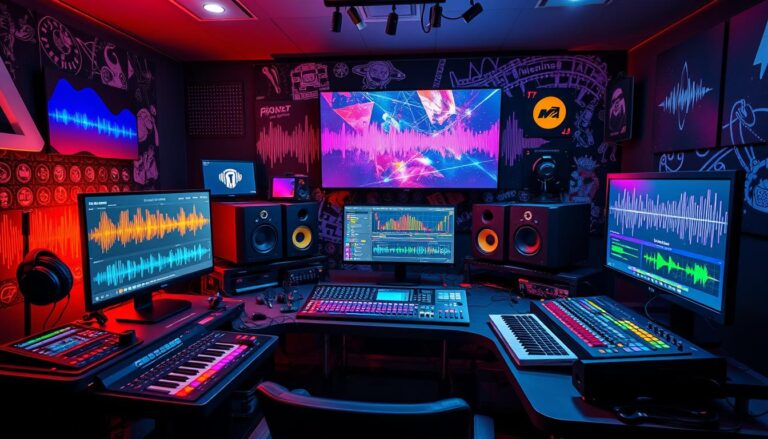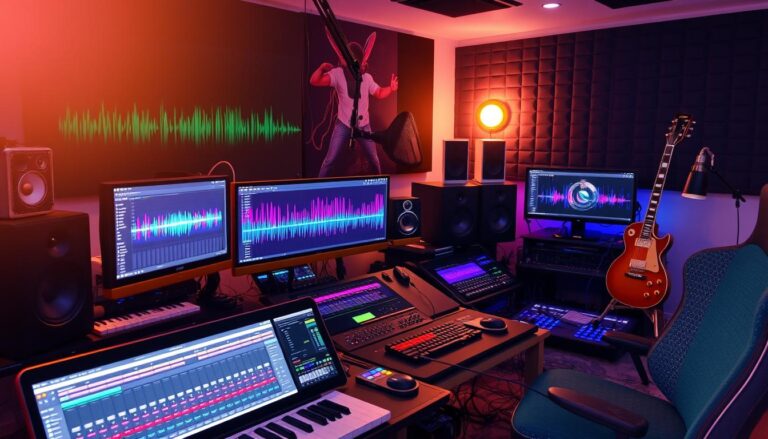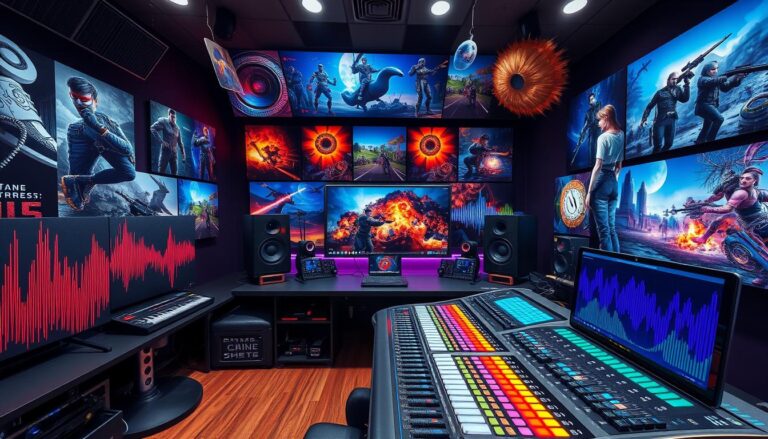How Do You Create Dynamic Music that Reacts to Gameplay?
In the world of video games, dynamic and interactive audio is key. It makes the game feel more real and engaging. By using interactive audio, game makers can create music that changes with the game, making it more exciting for players.
Making dynamic music for games is a detailed process. It involves sound design, audio tools, and fitting it into the game engine. With careful planning and testing, audio experts can make music that changes as the game goes on. This makes the game feel more alive and connected to the player.
Games like “No Straight Roads” (2020) show how dynamic music works. The music changes from rock to electronic dance music (EDM) based on how well the player does. The “MarioKart” series also uses music to add excitement. The music gets faster and more intense as players race, especially during the final laps.
Creating dynamic music systems often uses Unity and C#. These tools help audio designers make music that reacts to the game. This ensures the audio experience is both immersive and interactive for the player.
Understanding Dynamic Music in Video Games
Video game audio has changed a lot over time. Dynamic music is key to making games feel real and interactive. Thanks to audio engineering and sound synthesis, games now have soundtracks that change with the game and player actions.
The Evolution of Adaptive Game Soundtracks
The iMuse system in early 1990s LucasArts games was a big step forward. It made the music change with the player’s moves and location. Today, games like the Mass Effect series take it even further. They add more music as the action gets more intense, making the game feel more like a movie.
Core Components of Interactive Audio
Adaptive music is part of a bigger world of interactive audio in games. Sound effects, voice acting, and music all come together to make a game’s audio feel real and responsive. For example, the 2016 Doom game changes its music based on the battle’s intensity, using a verse and chorus structure.
Impact on Player Experience
Players love it when the game’s audio fits the action. Games like Remember Me show how music can get better as the player does more. But making this happen is hard. It requires predicting what will happen next and composing music for all those possibilities.

Dynamic music has changed how we enjoy games. By using the latest audio engineering, sound synthesis, and game audio implementation, developers can make music that really responds to the player. This makes games more immersive and fun.
Game Sound Design and Audio Effects Fundamentals
Creating dynamic game audio is key to a great interactive experience. Audio designers must make sound assets that smoothly blend as the player moves through the game. It’s important to keep the tempo, key, and meter consistent for smooth transitions.
Techniques like crossfading and modulation help make audio changes smooth. Composers use short, simple phrases for adaptable soundtracks. Musical cues and elements like stingers highlight game events and characters.
Foley artistry and procedural audio generation are vital for game sound. Foley artists use real-world sounds for realistic effects. Procedural audio creates unique sound effects for each game play.
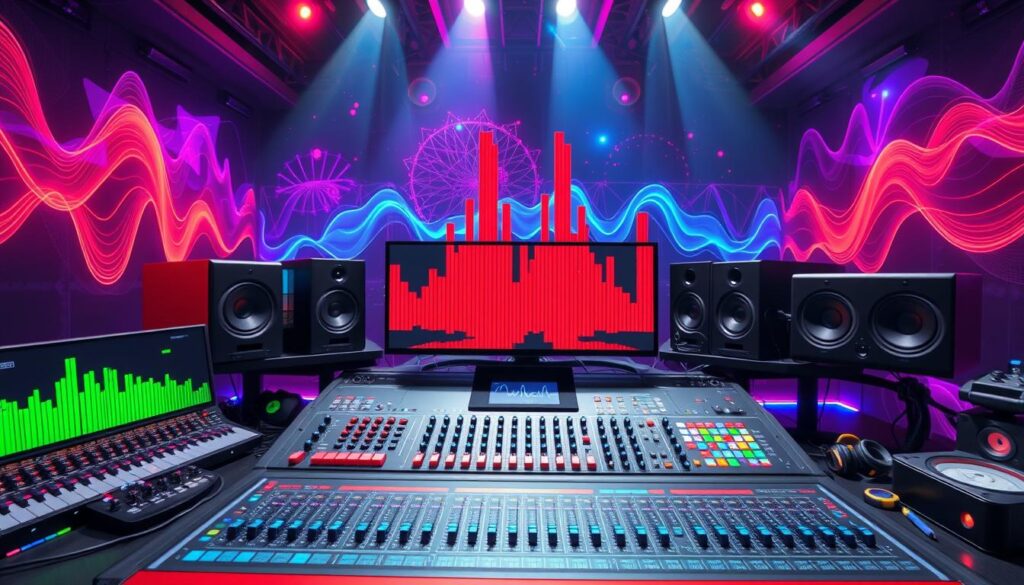
Understanding game sound design and audio effects is crucial. It helps create a cohesive audio landscape that enhances the game. By mastering these techniques, designers can make an immersive audio experience for players.
Essential Tools and Audio Middleware Solutions
Game developers have many tools and middleware solutions for dynamic music and interactive audio. These tools help connect music assets with game engines. They make soundtracks that change with the game and player actions.
Popular Audio Development Platforms
FMOD, Wwise, and Elias are top choices for audio middleware. They offer features like spatial audio and audio middleware. Developers can use these with Unreal or Unity to control music and sound effects.
Audio Implementation Software Overview
Game audio teams use special software for audio work. DAWs like Reaper, Ableton Live, and Pro Tools are key for soundtracks and sound design. Virtual instruments and plugins also help create the perfect game sound.
Integration with Game Engines
Linking audio middleware with game engines is key. Scripting languages and visual tools like Blueprints or Bolt help developers. They can control sound based on game events, making the audio experience better.
Music System Architecture and Implementation
Creating a great music system for video games needs a deep understanding of dynamic audio. Techniques like layering, branching, and generative music can make soundtracks that fit perfectly with the game. Layering means playing many music tracks at once, changing them based on the game’s state.
Branching lets you switch musical cues based on in-game events. This makes sure the music matches the story and player actions. Generative music uses algorithms to create new sounds that change with the game.
This method makes the game’s sound unique and engaging. It helps players feel more immersed in the game world.
To make these music systems work, you need to plan, test, and refine them. This ensures the music flows well and matches the game’s mood. It’s about making the music and visuals work together seamlessly.
